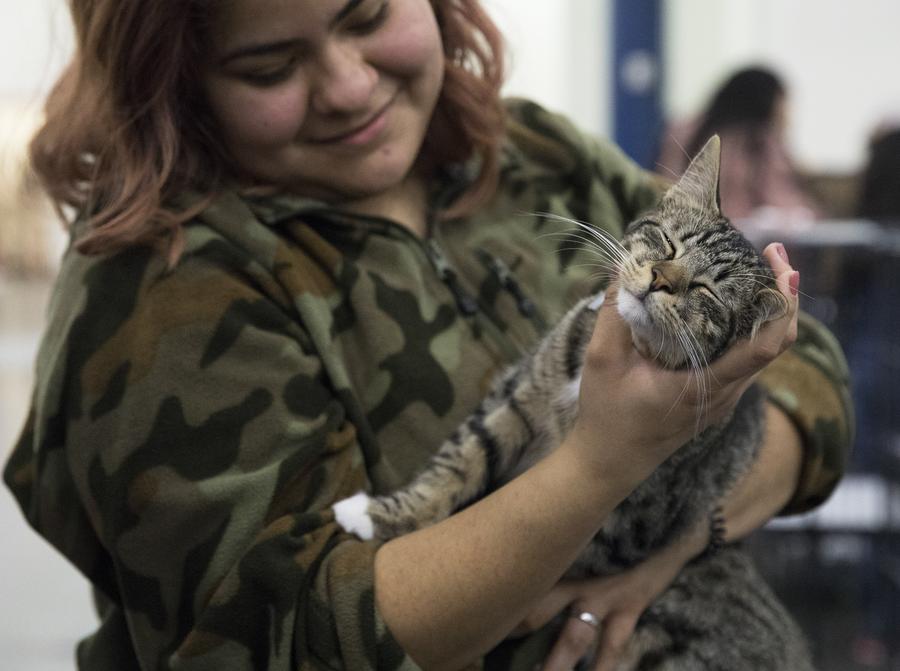
LOS ANGELES - The outbreak of H5 bird flu in the United States has showed up in more animal species, including 23 species of mammals, according to the US Department of Agriculture.
The department's website tracking the virus updated Tuesday that Influenza A, also known as HPAI, Highly Pathogenic Avian Flu H5N1, had been detected in many mammals, such as deer mouse, house mouse, desert cottontail, prairie vole, raccoon, striped skunk, red fox, mountain lion, bobcat and black bear.
"There are many species that are potentially susceptible to highly pathogenic avian influenza (HPAI)," the website said.
"In addition to birds and poultry, H5N1 viruses have been detected in some mammals. Infection may cause illness, including severe disease and death in some cases."
READ MORE: Australia says highly pathogenic bird flu 'could cause extinction of species'
The department noted that due to the increased interest in domestic cats associated with the HPAI outbreak, the authority collected the concerned information since March and reported them to World Organization for Animal Health.
"As companion animals, domestic cats provide a potential pathway for avian influenza viruses to spillover into humans," according to Kristen Coleman, an assistant professor at the School of Public Health of the University of Maryland and an affiliate professor at Department of Veterinary Medicine, reported in the university's news outlet in June.
READ MORE: Fresh case of H5N1 bird flu raises confirmed cases to 9 in Cambodia so far this year
"We looked at the global distribution and spread of bird flu infections in feline species between 2004 and 2024 and found a drastic rise in reports of feline infections starting in 2023, with a spike in infections reported among domestic cats, as opposed to wild or zoo-kept animals.
This increase coincides with the rapid spread of the current strain of H5N1 among mammals," Coleman added.
Bird flu is not currently reported to be contagious between humans, and it is not guaranteed to evolve in that direction, but the disease is clearly changing, the report warned.
READ MORE: WHO: Drugmaker Sinergium to share bird flu vaccine data globally
"The current strain of the H5N1 has been spreading to animals that have never been affected before, and pets that can pass it to people could play a role in how it evolves."
Bird flu, a virus usually spread among wild birds and domesticated poultry, made the leap to dairy cattle in the United States in December or January, and has since spilled to other species of animals.
Since the emergence of H5N1 in US dairy cattle, 35 domestic cats have been reported to be infected to date, while no known human cases of H5N1 have been linked to exposure to infected cats, according to health officials.
READ MORE: Chicken culling, disposal raise concern as bird flu spreads
"It's just remarkable how fast and furious it's moving. So I hope we can get a handle on it soon," said Kay Russo, a Colorado veterinarian who has worked with both dairy cows and poultry, which have been hard hit by the virus this year.
In Colorado, six feline cases of Influenza A have been diagnosed in domestic cats so far this year, according to the Colorado Veterinary Medical Association's website.
The federal Centers for Disease Control and Prevention continued to state that the risk to the general public is low. However, Russo said the surge of confirmed cases raise the level of concerns.
"People with direct contact to infected cats should be considered at the same risk as those in direct contact with other infected animals, such as cows or poultry," she wrote in an email to Colorado Public Radio Tuesday, "The risk of human infection from contact with cats is not well understood."


